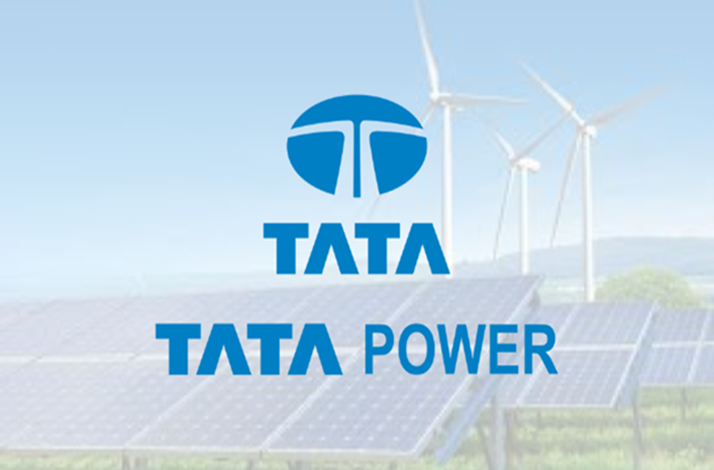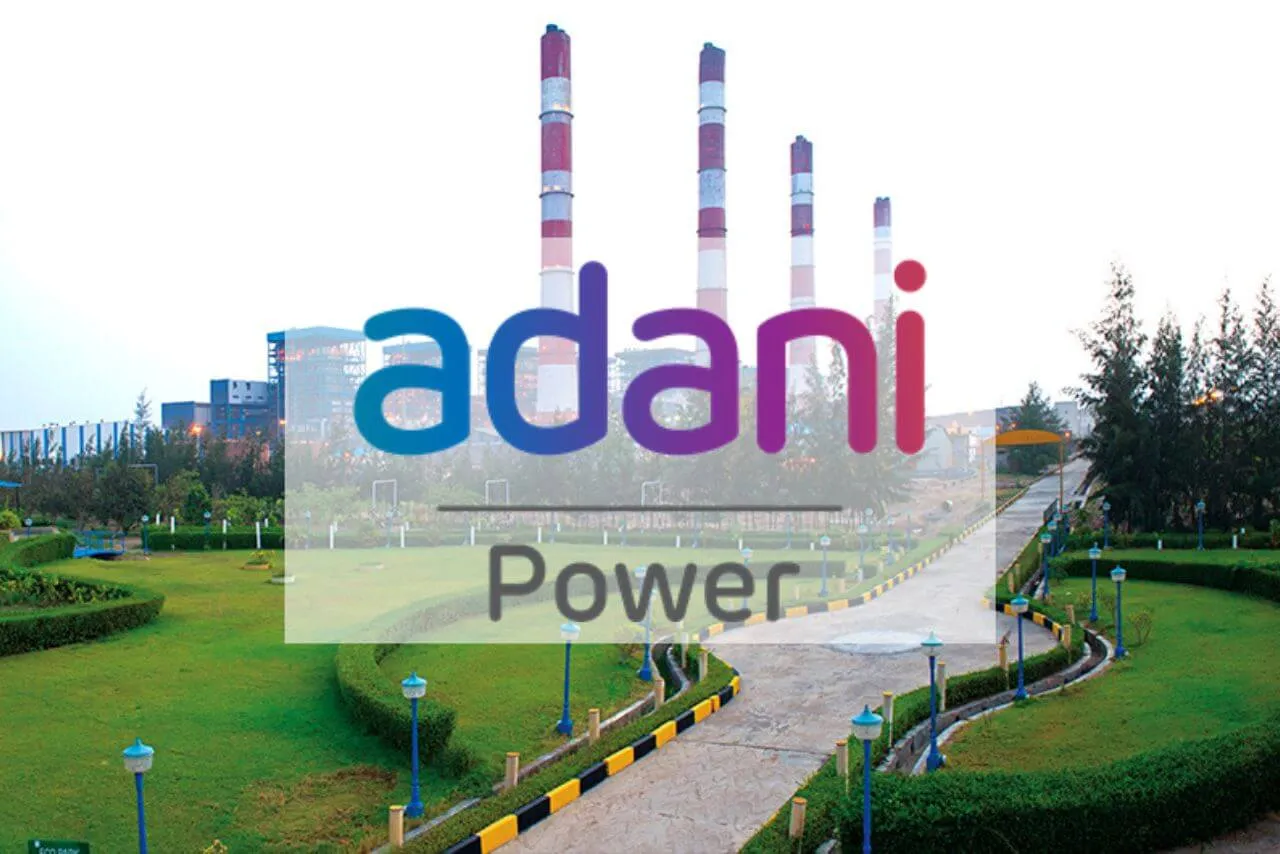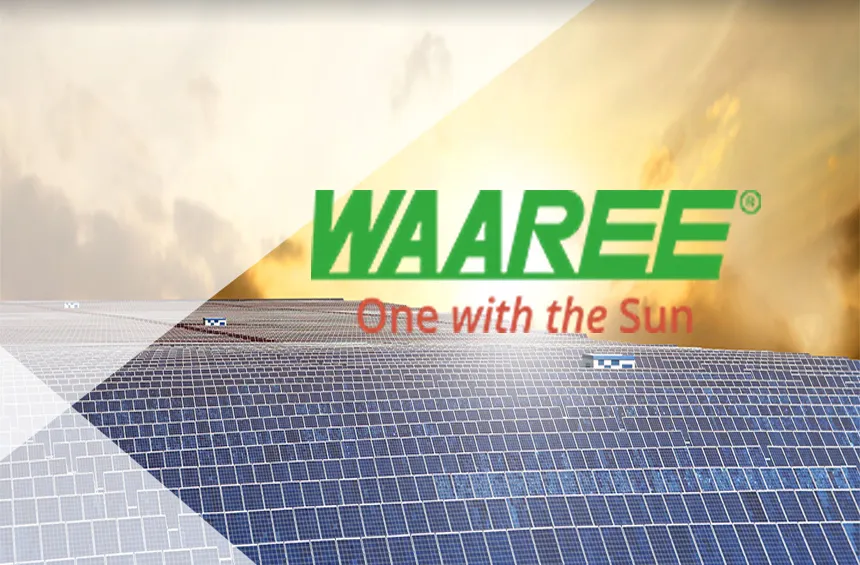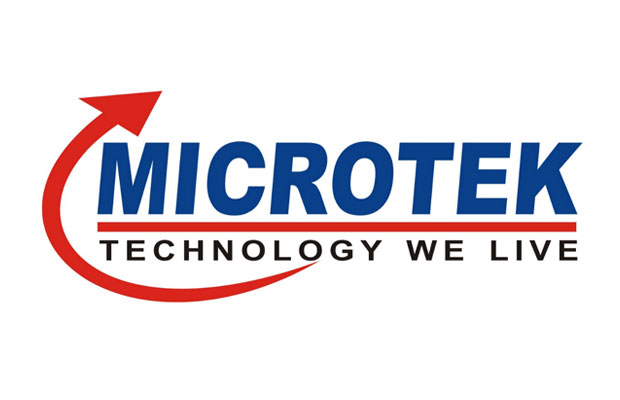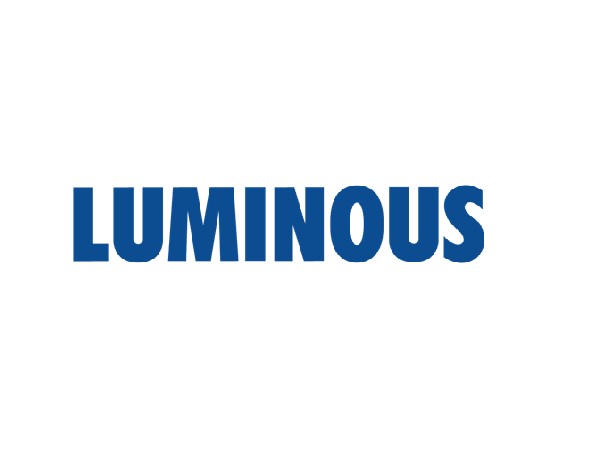Grid-Tie Inverters
Unlocking the Potential of Solar Energy with Grid-Tie Inverters
Grid-tie inverters are essential components in modern solar installations, enabling homeowners and businesses to efficiently convert and use solar energy in conjunction with the existing utility grid. These devices not only help to reduce electricity bills but also promote a sustainable energy future.
What Are Grid-Tie Inverters?
Grid-tie inverters are specialized devices that convert direct current (DC) generated by solar panels into alternating current (AC), which is compatible with the power grid and home appliances. Unlike off-grid systems, grid-tie inverters do not require battery storage, as they supply power directly to the grid.
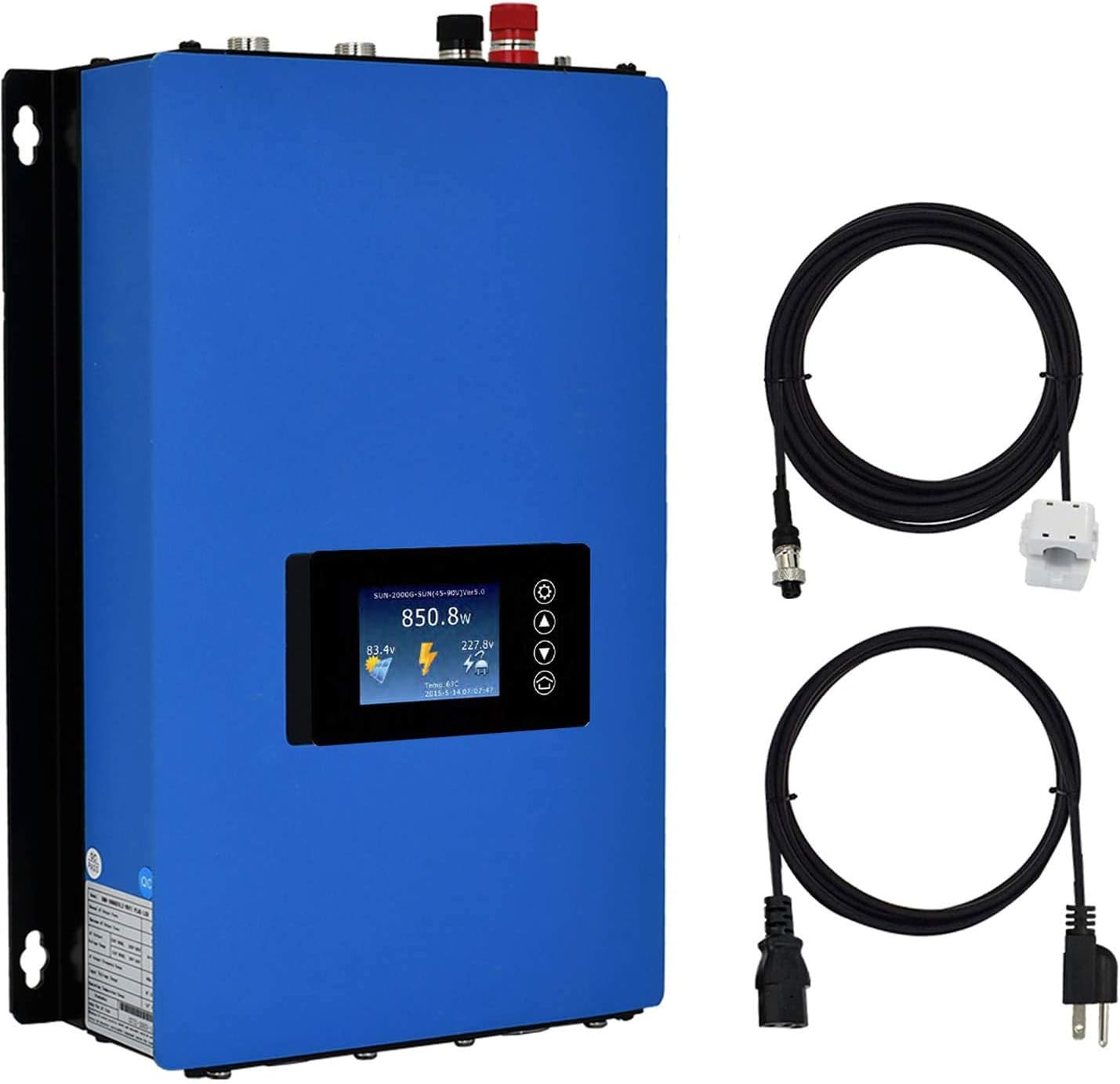
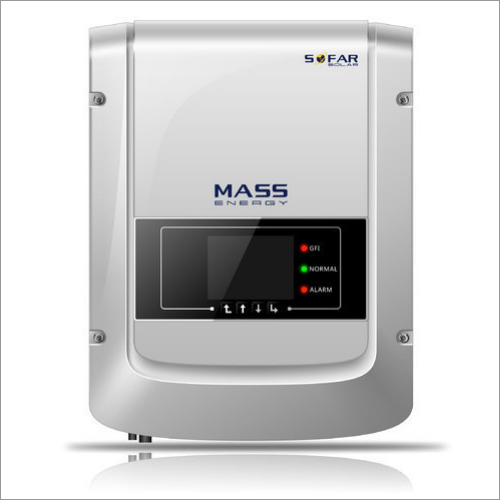
Advantages of Using Grid-Tie Inverters
Enhanced Energy Efficiency
Grid-tie inverters optimize the conversion of solar energy, minimizing energy loss and maximizing output, which is particularly beneficial in residential solar systems where efficiency is key to maximizing investment returns.
Net Metering Benefits
One of the significant advantages of installing a grid-tie inverter is the ability to participate in net metering. This system allows solar energy producers to send excess power back to the grid, often receiving credits or compensation, thus lowering overall energy costs.
Reduced System Complexity
Since grid-tie inverters do not require batteries, they are simpler in design and easier to maintain than off-grid systems. This simplicity leads to lower upfront costs and reduced maintenance over the life of the system.
Choosing the Right Grid-Tie Inverter for Your Home
Selecting the right grid-tie inverter involves considering several factors, including the power output of your solar panels, local utility requirements, and any specific features you may need, such as integrated monitoring systems.
Installation Tips for Grid-Tie Inverters
Proper installation is crucial to maximize the efficiency and longevity of your grid-tie inverter. It is recommended to work with certified professionals who can ensure that the installation meets local codes and standards and can optimize the system for your specific conditions.
FAQ
If you don't see an answer to your question, you can send us an email from our contact form.
Send EnquiryA grid-tie inverter is a type of solar inverter specifically designed for use in solar systems that are connected to the utility power grid. Its primary function is to convert DC electricity generated by the solar panels into AC electricity that can be either used by the home or business or fed back into the power grid.
Grid-tie inverters convert DC power from solar panels into AC power that matches the voltage and frequency of the grid. They synchronize the phase and frequency of the inverter’s output with the grid’s AC waveform, ensuring that the solar-generated electricity is fully compatible and can be seamlessly integrated into the grid.
- Efficiency: Grid-tie inverters typically offer high conversion efficiency, maximizing the amount of solar energy converted into usable power.
- Net Metering: They allow for net metering, where homeowners can sell excess electricity produced by their solar panels back to the utility company.
- Cost-Effective: By connecting to the grid, these inverters eliminate the need for expensive battery storage systems.
The cost of grid-tie inverters varies depending on the capacity and features but is generally affordable compared to off-grid systems that require additional components like batteries. The investment can often be offset by the savings on energy bills and potential earnings from net metering.
No, standard grid-tie inverters are designed to automatically shut down during power outages for safety reasons. This is to prevent potentially dangerous situations where electricity generated by solar panels is fed into the grid while maintenance workers might be repairing lines. To have power during outages, a battery backup or a hybrid system with an inverter that can isolate from the grid is required.
Choosing the right grid-tie inverter involves several factors:
- System Size: Match the inverter’s capacity with the output of your solar panel array.
- Compatibility: Ensure the inverter is compatible with your solar panels and other system components.
- Features: Look for inverters with features like Wi-Fi monitoring, advanced grid support functions, and high efficiency.
Grid-tie inverters typically have a lifespan of 10 to 15 years, though some can last longer depending on the brand, model, and operating conditions. Most manufacturers offer a warranty that covers the inverter for at least 10 years.
Happy Customer
Below, our satisfied customers share their experiences with our grid-tie inverters, emphasizing the improved energy management and financial benefits.
